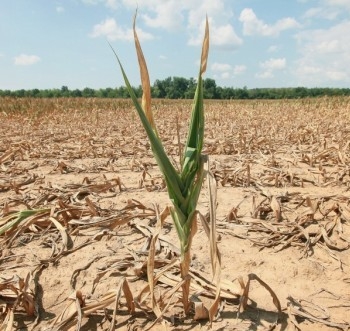Weather creates risks for crops in Ukraine and Eastern Europe

in the U.S. In the next two weeks will rule favorable for the development of soybeans and corn, weather conditions, whereas in Ukraine, Russia and South-East Europe is established dry and hot weather, which negatively affect soybeans, sunflower and corn.
the Rain in arid regions of the Midwest and the temperature decrease in the next 10-12 days will contribute to filling soybeans and corn. In some regions the temperature drops below normal, which will delay the development of late crops.
In the Northern Plains of the United States following decades of rains can delay harvest of spring wheat.
Moderate temperatures and precipitation in the canadian prairies will also improve the condition of crops.
In Europe, the recent rains and long-awaited coolness reduced the stress for soybeans, sunflower and corn, but the heat that is forecast for next two weeks in South-Eastern Europe, will damage the ripening of corn and soybeans.
In the black sea region of Ukraine and Russia will soon set dry and hot weather, which will not contribute to filling soybeans and corn, and will also delay the sowing of winter rape.
Last week in Ukraine was a heterogeneous weather conditions. In the Sumy, Poltava and Cherkasy regions, the moisture deficit and low temperature slow down the growing season of soybean, sunflower and corn.
Rainfall across the country, with the exception of these areas, replenished the soil moisture reserves. Whereas in these areas the topsoil was dry, and the moisture the plants were obtained through the dew in the morning. In the southern regions the rain ended, so the water reserves were replenished.
the Crops are in good or satisfactory condition.
the Eastern Australia wheat suffers from drought, and in the next 2 weeks precipitation is not expected. In addition, the likely the frost can damage the crops of wheat in the flowering stage.


